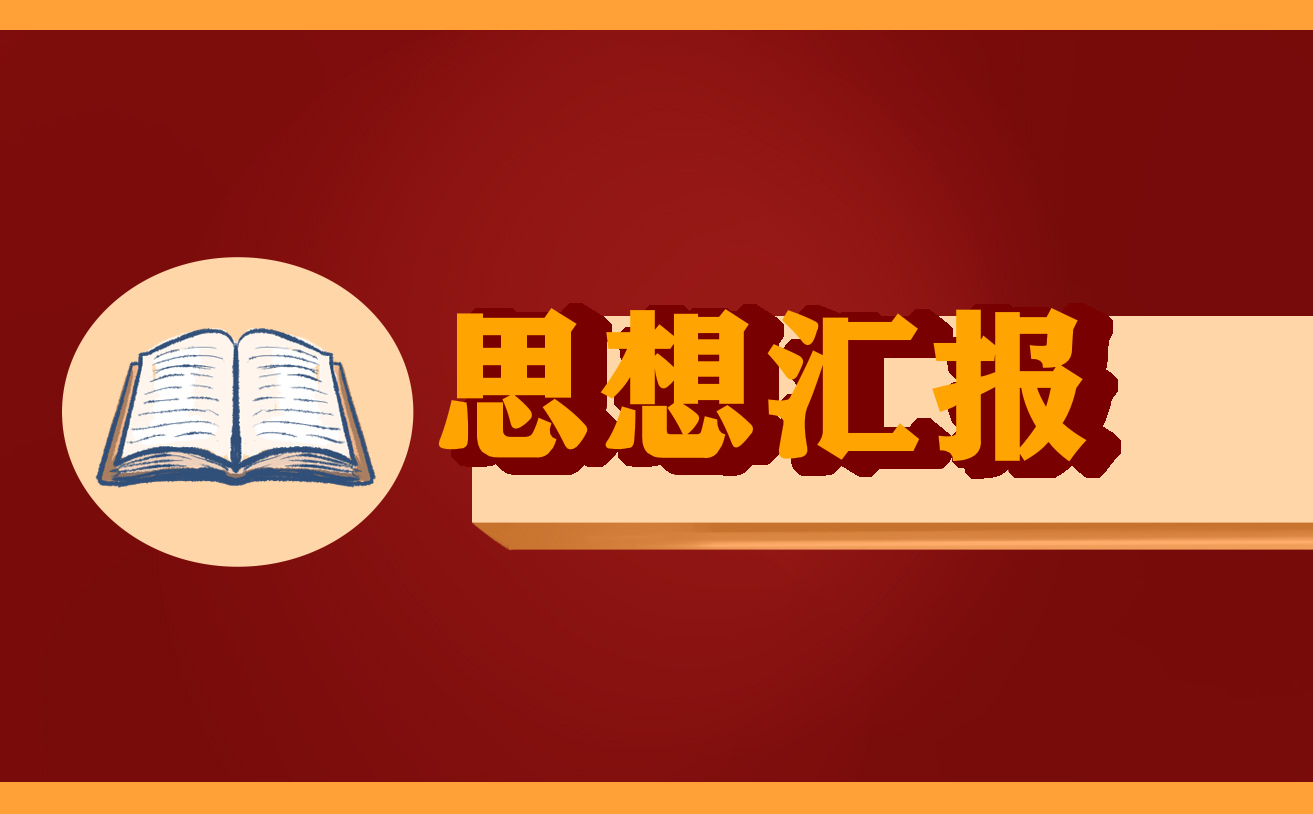几种特殊句式的反意疑问句_50个特殊疑问句加回答
时间:2019-01-25 04:12:14 来源:柠檬阅读网 本文已影响 人 
反意疑问句是英语中比较常见的一种句型,其中的疑问部分除一般的构成形式外,还有很多比较特殊的形式,同学们在学习中应特别注意。 1. 陈述部分是由there be引导的句子,疑问部分仍用there be的相应形式,即“be + there”。例如:
There are some books on the desk, aren’t there?
There isn’t a river near here, is there?
2. 陈述部分是由there或here开头的句子,疑问部分要与陈述部分在人称和数上保持一致。例如:
There goes the bull, doesn’t it?
Here comes the bus, doesn’t it?
3. 陈述部分是this(that)或these(those)作主语的句子,疑问部分的主语要分别用it和they来代替。例如:
This is an apple, isn’t it?
Those aren’t any English cars, are they?
4. 陈述部分的主语是some-, any-, every-或no-与body组合构成的指人的不定代词时,疑问部分的主语用they或he均可。例如:
Everyone knows him,don’t they / he?
Nobody comes, does they/ he?
5. 陈述部分的主语是some-, any-, every-或no-与thing组合构成的指物的不定代词时,疑问部分的主语一般用it。例如:
Something is wrong with my bike, isn’t it?
Nothing is difficult, is it?
6. 陈述部分是“I’m... .”句型时,疑问部分可以用am I not(正式英语中),也可以用aren’t I(非正式英语中);陈述部分是“I am not... .”句型时,疑问部分用am I。例如:
I’m a student, am I not?
I’m late for the meeting, aren’t I?
I’m not busy, am I?
7. 陈述部分的主语是动词不定式(短语)、动名词(短语)或从句时,疑问部分的主语用it。例如:
To believe him isn’t difficult, is it?
Seeing is believing, isn’t it?
8. 陈述部分的主语用both... and...或neither... nor...连接时,疑问部分的主语要用复数形式。例如:
BothTomandIare teachers, aren’t we?
Neither you nor he is a worker, are you?
9. 陈述部分是由“neither +名词”或“neither of +名词/代词”开头的句子,疑问部分要用“be动词/助动词/情态动词+ he / she / it”。例如:
Neither of the two TV plays is interesting, is it?
Neither of them has a book, does / has he?
10. 陈述部分的主语是“each of +名词”时,如果强调个体,疑问部分的主语用单数;如果强调全体,疑问部分的主语用复数。例如:
Each of the girls has an apple, doesn’t she?
Each of them went there, didn’t they?
11. 陈述部分是祈使句,疑问部分一般用will you或 won’t / would / can / can’t you。这种疑问不是对前一部分提出反问,只是使口气变得客气委婉些,多表示提醒对方,常用升调。如果祈使句是由let’s引导的,其中us包括说话人和听话人双方,则疑问部分用shall we。当祈使句为肯定形式时,疑问部分用肯定形式和否定形式都可以(多用肯定形式);当祈使句为否定形式时,疑问部分必须用肯定形式will you。例如:
Come here quickly, can / can’t you?
Let’s go home now, will / won’t you?
Let’s begin, shall / shan’t we?
12. 陈述部分是感叹句,疑问部分要用否定形式。当感叹句省略主语和谓语部分时,疑问部分多用be的一般现在时形式。例如:
How hard she works, doesn’t she?
What clever girls (they are), aren’t they?
13. 陈述部分是带有同位语从句的句子,疑问部分的主语和谓语动词应与主句的主语和谓语动词保持一致。例如:
It is first time that we have seen such a wonderful play, isn’t it?
14. 陈述部分是复合句时,疑问部分的主语要与主句的主语保持一致。但当陈述部分的主语是I,谓语动词是believe, think, suppose, expect,imagine等词,且后接宾语从句时,或者陈述部分是I’m sure后接宾语从句时,疑问部分的主语和谓语动词必须和宾语从句的主语和谓语动词保持一致,但应注意“否定的转移”。例如:
He was watching TV when I came in, wasn’t he?
Ibelievehe’llcometomorrow, won’t he?
I don’t think he is right, is he?
I’m sure that you’ll succeed, won’t you?
15. 陈述部分的谓语动词为have to的某种形式时,疑问部分要用助动词do的相应形式。例如:
He has to come here, doesn’t he?
当have作“有”讲时,其疑问部分用have(多用于英国英语中)和do(多用于美国英语中)两种形式均可,但应注意前后保持一致。例如:
His brother has a red pen, doesn’t / hasn’t he?
His brother doesn’t have a red pen, does he?(不能用has)
His brother hasn’t a red pen, has he? (不能用does)
16. 陈述部分含有must时,根据must的不同含义,疑问部分要用不同的形式。
(1)must表示“必须、应当”时,疑问部分要用mustn’t。例如:
We must work hard on English, mustn’t we?
(2)must表示“有必要”时,疑问部分要用needn’t。例如:
They must wait there, needn’t they?
(3)mustn’t表示“禁止、不许”时,疑问部分要用may或must。例如:
You mustn’t talk like that, must / may you?
(4)must表示“必定、一定”时,疑问部分要用must后的动词的相应形式。例如:
You must know the reason, don’t you?
Mary must be in the classroom, isn’t she?
17. 陈述部分的谓语是表示祝愿的动词wish时,疑问部分要用may,且陈述部分和疑问部分都要用肯定形式。例如:
I wish you are well, may I?
I heartily(衷心地) wish you a good health, may I?
18. 陈述部分用need或dare作助动词,疑问部分要用它们的相应形式,但如果它们作一般动词,疑问部分要用do的相应形式。例如:
You needn’t climb the tree, need you?
You need help, don’t you?
19. 陈述部分有had better, 疑问部分要用hadn’t;陈述部分有had like / rather,疑问部分要用wouldn’t。例如:
She’d better stay in bed, had she?
You’d like a cup of tea, wouldn’t you?
20. 陈述部分含有 “too...to...”或“neither... nor...”结构,疑问部分要用肯定形式。例如:
He is too old to do such work, is he?
She can neither sing nor dance, can she?
21. 陈述部分有no, few,never,little, hardly, seldom,none, neither, nothing等含有否定意义的词,疑问部分要用肯定形式。例如:
He has never been to the Great Wall, has he?
There is little water in the river, is there?
22. unhappy, unlike, dislike, unusual, helpless, hopeless, useless等具有否定意义的词,是由动词加上否定的前缀或后缀构成的。由于这些词的结构是肯定的,所以陈述部分有这些词时,疑问部分仍要用否定形式。例如:
He is unhappy, isn’t he?
She is hopeless, isn’t she?
23. 陈述部分用one作主语,疑问部分用one(正式英语中)和you(非正式英语中)均可。例如:
One can’t be too careful, can you / one?
One must serve the people heart and soul, mustn’t one / you? (shouldn’t he? 为美国英语)









